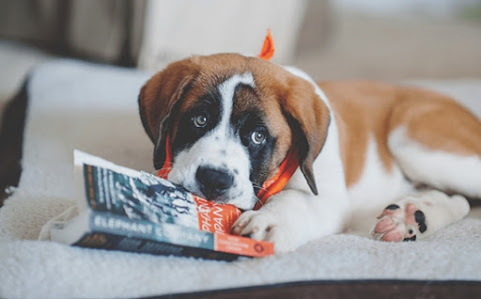The Science of Petting: How to Pet a New Dog Safely
The
human-dog link is incredible, and many of the ways we demonstrate love to our
canine companions are through overt physical affection, such as head pats,
belly massages, and ear scratching. Not all dogs like such physical shows of
affection, but many do, implying that canines like being petted just as much as
people do.
The reasons
why dogs enjoy being petted are likely related to why they enjoy spending so
much time with people in the first place. Dogs appear to be content to connect
with humans in our own terms, tolerating things that their own species may
reject, such as embraces and prolonged direct eye contact.
Dogs usually
let you know if they don't want to be petted, whether it's right now or later.
Pets are a terrific way to be love and improve your relationship if you only
give them to your dog when he or she is open to them.
Why Do Some Dogs Hate Being Petted?
Don't take
it personally if your dog isn't a fan of pets. Our canine friends have a
variety of methods to bond with us, and some may just require some time to get
used to the idea of snuggles and scratching.
The greatest
thing you can do is keep an eye out for signals that your dog isn't interested
in being petted.
How to Pet a Dog That Isn't Yours Safely
From the
side approached.
Dogs should approach one another from the side, rather than from the front, to
make a socially acceptable introduction. To express that you are coming in
peace, use the same reasoning in your own greeting.
Allow the
dog to take the lead.
If you're dealing with a dog that isn't comfortable with you, it's best to let
them take the lead. Put your hand out for them to sniff, palm down. You're
generally good to go if you get a lick and/or a wagging tail.
The top
of the head should be avoided. This is a sensitive place, and a dog that doesn't already trust,
you could be hesitant to place his hand there. The back of their neck, their
back and hips, and their shoulders are all good places to pet a new dog.
Not all dogs
are excellent with pets, but they are all nice dogs. You should be able to have
lots of safe, cuddly relationships if you take it slowly and respectfully,
which is fantastic news for both dogs and humans.






Comments
Post a Comment